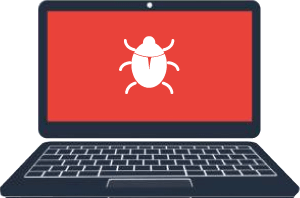Blind Cross-site Scripting
Invicti detected Blind Cross-site Scripting via capturing a triggered DNS A request, which allows an attacker to execute a dynamic script (JavaScript, VBScript) in the context of the application.
This allows several different attack opportunities, mostly hijacking the current session of the user or changing the look of the page by changing the HTML on the fly to steal the user's credentials. This happens because the input entered by a user has been interpreted as HTML/JavaScript/VBScript by the browser. Cross-site scripting targets the users of the application instead of the server. Although this is a limitation, since it allows attackers to hijack other users' sessions, an attacker might attack an administrator to gain full control over the application.
- Hijacking user's active session.
- Mounting phishing attacks.
- Intercepting data and performing man-in-the-middle attacks.
The issue occurs because the browser interprets the input as active HTML, JavaScript or VBScript. To avoid this, output should be encoded according to the output location and context. For example, if the output goes in to a JavaScript block within the HTML document, then output needs to be encoded accordingly. Encoding can get very complex, therefore it's strongly recommended to use an encoding library such as OWASP ESAPI and Microsoft Anti-cross-site scripting.
Additionally, you should implement a strong Content Security Policy (CSP) as a defense-in-depth measure if an XSS vulnerability is mistakenly introduced. Due to the complexity of XSS-Prevention and the lack of secure standard behavior in programming languages and frameworks, XSS vulnerabilities are still common in web applications.
CSP will act as a safeguard that can prevent an attacker from successfully exploiting Cross-site Scripting vulnerabilities in your website and is advised in any kind of application. Please make sure to scan your application again with Content Security Policy checks enabled after implementing CSP, in order to avoid common mistakes that can impact the effectiveness of your policy. There are a few pitfalls that can render your CSP policy useless and we highly recommend reading the resources linked in the reference section before you start to implement one.




